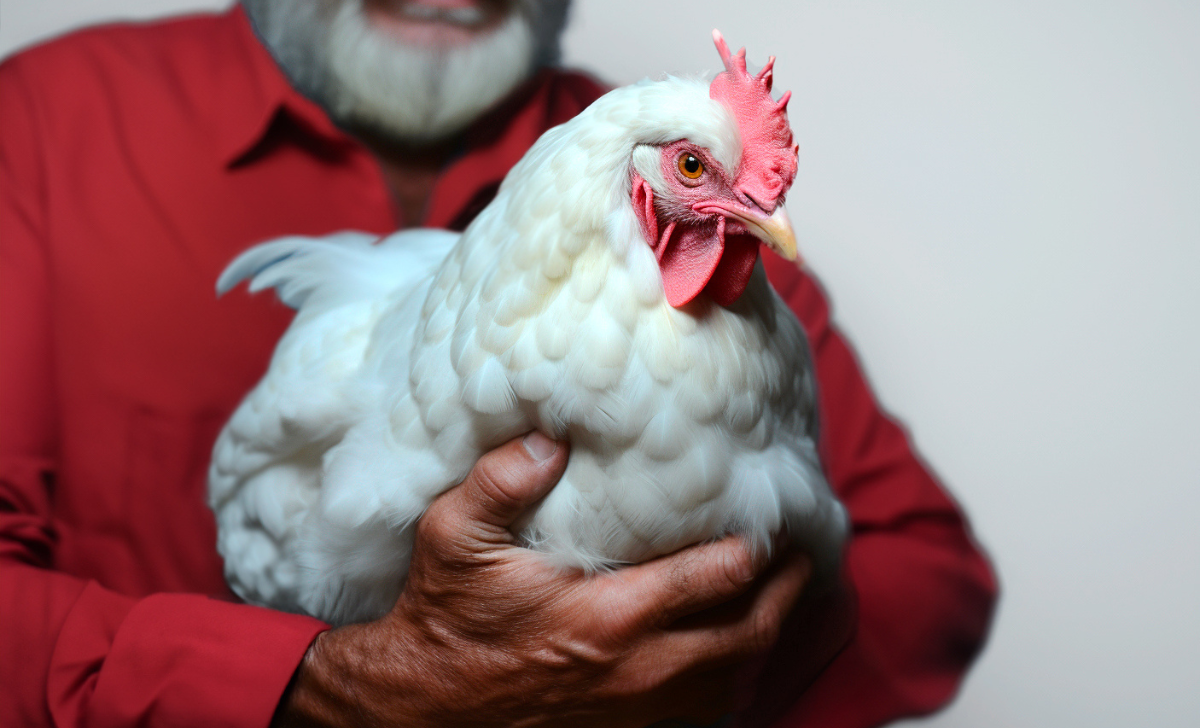The broiler breeder genetics landscape has undergone significant transformation to meet consumer demand for high breast-meat yield and feed efficiency in processed poultry products. This shift has led to remarkable genetic improvements, with carcass yield increasing six-fold over the past 50 years, primarily driven by genetics. This progress poses challenges for broiler breeders, however.
The broiler breeder paradox
Efficient growth in broilers often negatively affects reproductive fitness in breeders. This paradox means that managing commercial broiler breeder flocks requires a delicate balance to ensure optimal production traits while preventing issues associated with overweight birds, which can impact egg numbers, fertility, and reproductive performance.
The primary goal of broiler breeder management is to produce fertilized eggs, as these determine the number of broiler chicks per hen. Achieving fertilized eggs is complex and influenced by various factors including bird age, flock management practices, and nutritional status. Understanding the interplay between ovarian function, nutrition, age, and genetic strain is crucial for producing fertile eggs with high hatching potential.
Invaluable help from primary breeders
To assist integrators in managing evolving genetic strains, primary breeders provide guidelines for feeding levels, diet compositions, and body weights. Feed intake regulation is essential throughout the breeder bird’s life to prevent reproductive problems. Overfeeding can lead to issues such as oviductal prolapse and decreased fertility. Careful feed management, particularly during the period between 15 weeks of age and photostimulation, is crucial for optimal body weight and composition.
Slow and steady wins the race
Proper feed allocation and body weight management are vital for maximizing breeder flock potential. Controlled feeding programs may delay sexual maturity but offer benefits such as increased egg production, fertility, hatchability, and egg quality. However, it’s essential to monitor body weight and uniformity regularly to prevent overfeeding. Feed management post-peak production is critical to prevent overweight birds and maintain production and fertility as the flock ages.
Photostimulation plays a crucial role in breeder management by initiating hormone production that stimulates follicle development and egg formation. Timing photostimulation is key, with primary breeders typically recommending it not occur before 20 to 21 weeks. Early photostimulation can disrupt feeding programs and result in sexually uneven flocks. Proper flock weight and uniformity at photostimulation are necessary for maintaining high egg numbers and fertility throughout the production cycle.
Better overview means higher profits
Understanding the process of egg formation, including follicle maturation and ovulation, is essential for optimizing breeder management practices. Equally important is a reliable overview of a flock’s condition in order to verify adherence to growth curves and ensure that photostimulation is applied at the correct time. Specialized weighing equipment like the BAT poultry scales make these assessments much easier. Controlled feed intake can lead to longer laying sequences, increased persistence in lay, and fewer abnormalities in eggs. Overall, effective broiler breeder management requires a nuanced approach that considers genetic advancements, feed management, and photostimulation to ensure optimal egg production and fertility while preventing issues associated with overweight birds.
